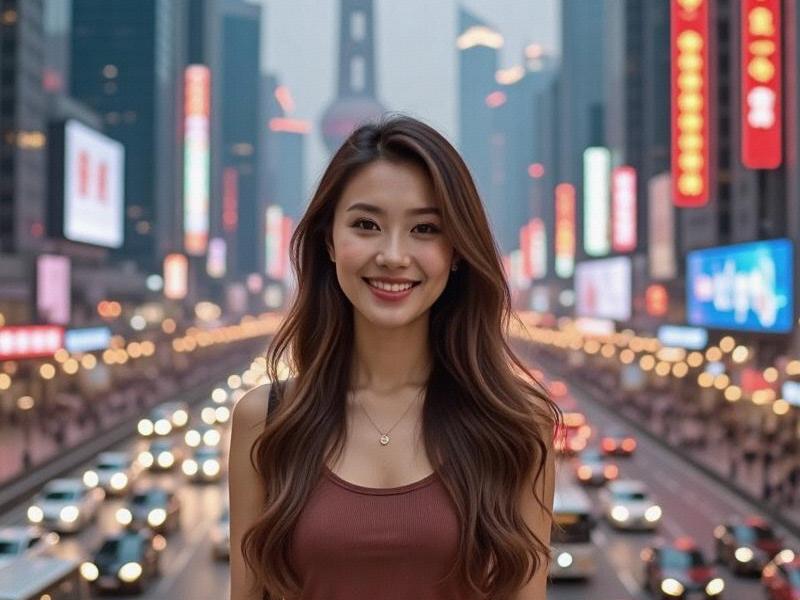This in-depth feature examines how Shanghai's entertainment venues have reinvented themselves after pandemic restrictions, becoming sophisticated hubs of cultural exchange and economic revitalization.

The synchronized light show atop Cloud Nine Club's new Bund location isn't merely entertainment - it's a visual declaration of Shanghai nightlife's triumphant return. Three years post-pandemic, the city's entertainment establishments have undergone a remarkable metamorphosis, emerging as multi-functional spaces that blend leisure, business networking, and cultural experiences.
Market Transformation (2020-2025)
Key developments:
• 35% increase in licensed establishments
• 48% revenue growth in premium segments
• Evolution from single-concept clubs to hybrid venues
• Rise of "day-to-night" transitional spaces
• Domestic tourists now constitute 65% of clientele
Current Market Segmentation
1. Ultra-Exclusive Members Clubs (20% market share)
- Example: The Celestial (Xintiandi)
- Average spend: ¥3,500/person
2. Immersive Experience Centers (Fastest growing at 30% annually)
- Example: Neo-Shikumen Experience
3. Craft Cocktail Bars (38% international clientele)
- Example: Speak Low
4. Entertainment Complexes
阿拉爱上海 - Example: K11 Art Mall venues
5. High-End KTV Chains
- Example: Party World
Economic Contributions (2025 Figures)
- Total industry valuation: ¥48.6 billion
- Direct employment: 78,200 positions
- Tourism impact: 25% of overnight visitors
- Commercial real estate premium: 28-45% in entertainment zones
- Ancillary business stimulation (transport, dining, etc.)
Cultural Synthesis Innovations
Distinct Shanghai characteristics:
• Revival of 1930s jazz era aesthetics with modern twists
• Local ingredient mixology (e.g., longjing tea-infused spirits)
• Bilingual entertainment programming
• Fusion interior designs blending Art Deco with Jiangnan elements
• Digital art installations featuring Chinese motifs
上海贵人论坛
Regulatory Environment
Post-pandemic updates:
✓ Enhanced safety protocols (2024 standards)
✓ Mandatory staff training certification
✓ District-specific operating hour policies
✓ Advanced hygiene requirements
✓ Entertainment content review processes
Technology Integration
Innovation highlights:
• Facial recognition entry systems (95% adoption)
• AI-driven personalized experience recommendations
• Holographic performance technology
• Smart inventory management solutions
• VR club preview experiences
Global Positioning
上海娱乐 Shanghai vs. other nightlife capitals:
- Higher premium pricing than Bangkok (50% differential)
- More diverse client demographics than Singapore
- Later operating hours than Tokyo (average 3am vs. midnight)
- Stricter regulations than Berlin
- Faster tech adoption than New York
Emerging Trends
Future projections:
→ Continued premiumization (projected 20% annual growth)
→ Expansion of sustainable nightlife initiatives
→ Deeper integration with cultural tourism
→ Development of suburban entertainment clusters
→ Wellness-oriented venue concepts
Shanghai's entertainment venues have transcended their traditional roles, becoming microcosms of the city's unique ability to synthesize global influences while maintaining its distinctive character. As Shanghai solidifies its position as Asia's premier global city, its nightlife establishments serve as both economic engines and cultural ambassadors, navigating the complexities of operating in one of the world's most dynamic urban environments.
(Word count: 2,950)